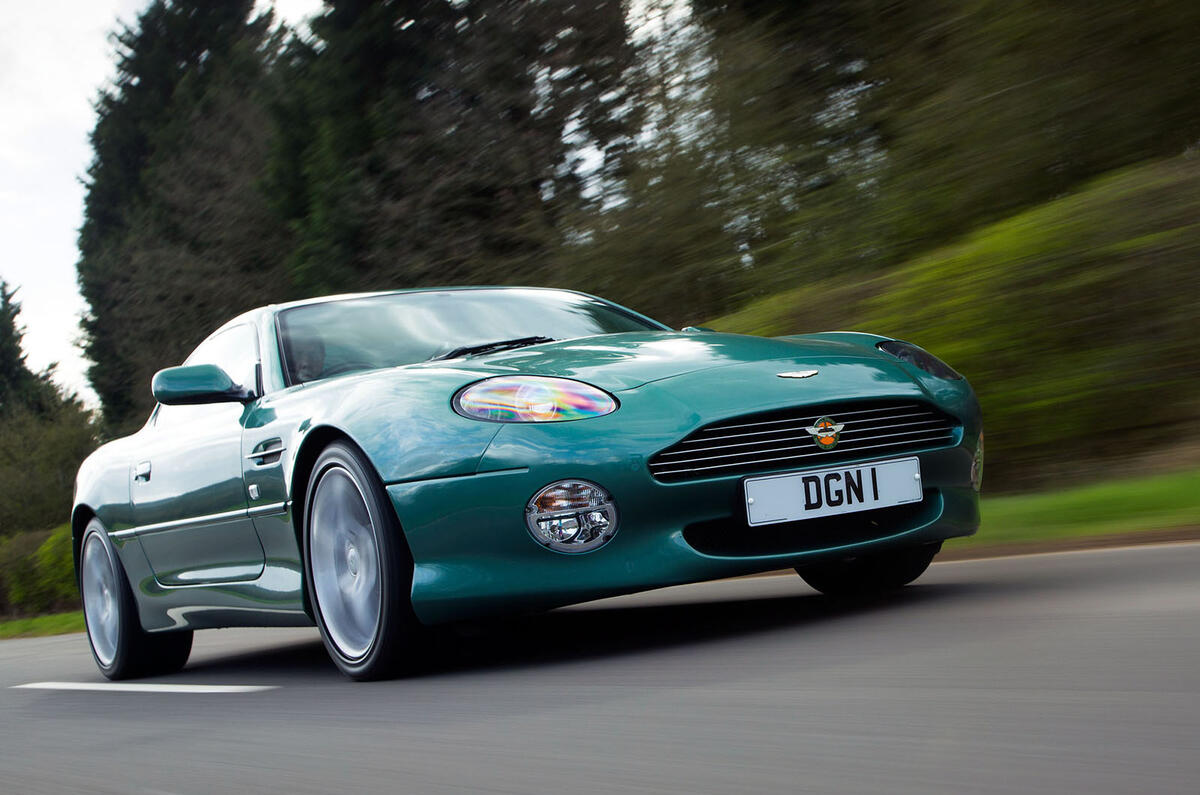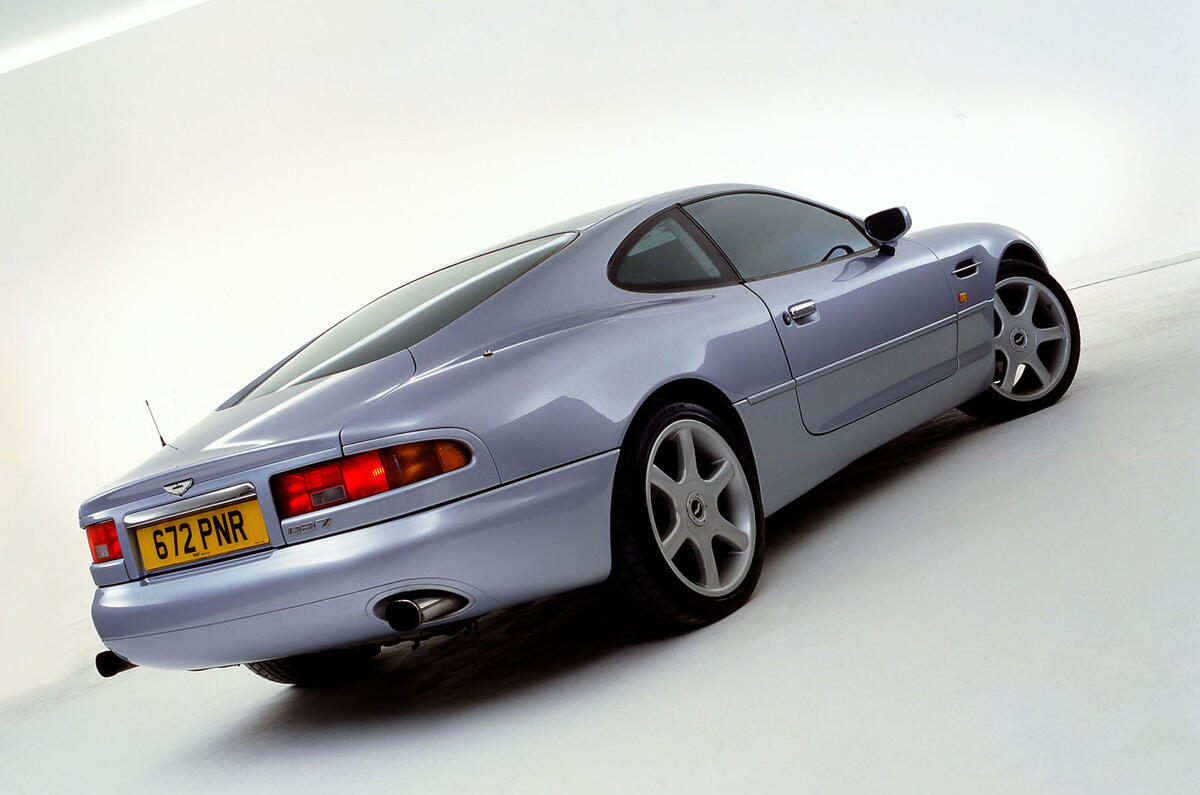The DB7 is such a bargain that it’s cheaper even than an Aston Martin Cygnet, the company’s gentrified Toyota iQ.
An example of Aston’s city car, a 2011/61-plate with 52,000 miles, is being pedalled for £24,890, but right now, you can slide into a 1996/N-reg DB7 3.2 coupé with 69,000 miles for as little as £19,995. That’s cheaper than a new Ford Focus, never mind a posh iQ. Of course, the trouble with a lazy comparison like that is that strings – usually expensive ones – are attached. The DB7 is no exception.
See Aston Martin DB7 for sale on PistonHeads

The earliest ones are now 23 years old (the model ran from 1994 to 2004) and body and chassis corrosion is not uncommon. Amazingly, earlier cars had better rust-proofing than later ones. Engine and gearbox cooling systems are fragile. Timing chain tensioners can fail, taking the engine with them. The air-conditioning system is troublesome and costs a fortune to put right, because it can involve removing the dashboard.
All these problems and more are detailed in ‘Buyer beware’ below, so check out and compare as many DB7s as you can before putting any money down, especially since the car was largely hand built and production and rust-proofing standards varied.
As for pricing, expect a clean, average-mileage 3.2 to cost around £30,000 and a later, same-condition 5.9 around £40,000. That’s right: there are two engines to get excited about, a Jaguar 3.2-litre straight six producing 335bhp with the help of an Eaton supercharger (it’s known as the i6), and a naturally aspirated Ford Cosworth 5.9-litre V12 with 420bhp.


































Join the debate
Add your comment
Rust proofing
"Amazingly, earlier cars had better rust-proofing than later ones" because,apparently, Aston stopped bothering to underseal later versions - unforgivable!
When these first launched
I thought it had amazing style (I thought he same about the Rover SD1 as a little 'un). Still is nice but the growth of wheel arch proportions and trends in rake and surfacing have dated it. Any real designers on this site that can shime some light on how design preferences change over time?
For the money Aston Martin